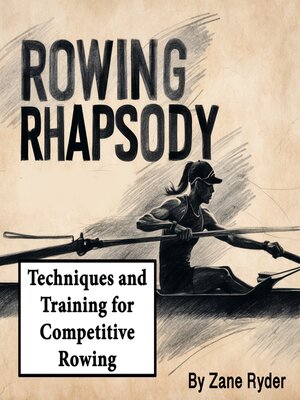Rowing Rhapsody
audiobook (Unabridged) ∣ Techniques and Training for Competitive Rowing
By Zane Ryder

Sign up to save your library
With an OverDrive account, you can save your favorite libraries for at-a-glance information about availability. Find out more about OverDrive accounts.
Find this title in Libby, the library reading app by OverDrive.



Search for a digital library with this title
Title found at these libraries:
| Library Name | Distance |
|---|---|
| Loading... |
Rowing is more than just a sport; it is an art form that combines strength, endurance, and precision. Its roots date back thousands of years, originating as a means of transportation and evolving into a highly competitive sport celebrated worldwide. The rich history of rowing offers a glimpse into its transformation, from ancient vessels navigating rivers to sleek racing shells gliding across regatta courses.
Understanding the terminology of rowing is essential for anyone stepping into this world. Terms like "catch," "drive," "finish," and "recovery" represent the phases of the rowing stroke, while "feathering" and "squaring" describe the movements of the oar blade. Familiarity with these terms not only enhances comprehension but also fosters a deeper connection to the sport.
Rowing comes in two main forms: sweep rowing and sculling. In sweep rowing, each athlete handles a single oar, alternating sides within the boat. This format is often seen in team settings, such as the eight or four. Sculling, on the other hand, involves two oars per rower, offering a more symmetrical movement and often performed in smaller boats like singles or doubles. Both styles require mastery of balance, timing, and technique.







